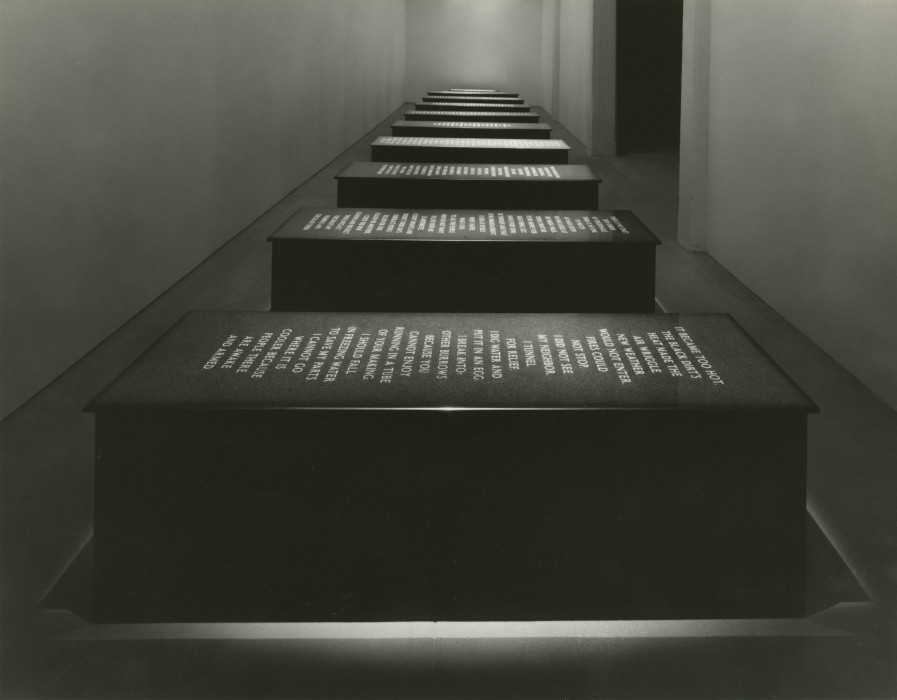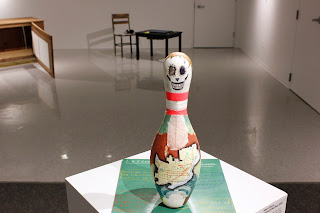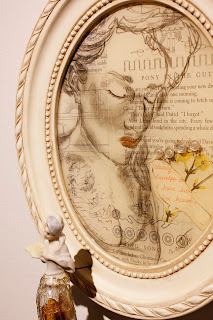Shayla Fiscus
ARTZ 406: Gallery Practices
Chapter 3 Prompt: 1/27/17
Prompt
#3:
n
Research
installations by artists such as Kiki Smith, Bill Viola, or Jenny Holzer. How
does the artwork interact with the physical space it occupies? Argue for or
against the ideas and principles behind installation art.

Photo Credit:
© Jenny Holzer.
ARS, NY and DACS, London 2017. Photo: Bill Jacobson Studio
Laments 1988-89, Dia Art Foundation, New
York, 1989
Image ID 12000
Conceptual art, site specific art, words,
letters, text
The
installation work of Jenny Holzer invades sought-out environments and utilizes
language, communication, and technology to occupy a place and speak within the
space for viewers to come upon. The works transmit an energy of voice through
language, screaming out to its audience in a powerful way. The installation
becomes the space in various ways either by subtly blending into its
surroundings or vividly raising the voice of the work to ‘become’ on a grander scale.
Artsy describes Holzer, “Whether questioning consumerism, describing torture,
or lamenting death and disease, her use of language (sometimes mistaken for
advertising when installed in public spaces) is designed to agitate and disturb”.
The artist takes the art to the public domain and puts messages in the face of
the world for people to think critically and conceptually. The installation and
mass production processes allows the art to travel the globe expanding the
audience and chance to happen upon the work.
Installation
art is an important genre of art, which identifies the environment and space it
occupies, site-specific, to either transform or camouflage with the space in a
3-Dimensional process. Installation art is utilized within confined spaces as
well as in other forms of the environment such as: public art, land art, and intervention art. The
installation works of artists may be permanent or temporary but the conceptual approach
and experience of the space and place is key in the process as the onlooker. This process
of art allows the viewer to interact with the art more and identify with the
art better. The art of installation is a strong medium and allows the
experience of art to come alive and become meaningful.
Websites to Research:
























